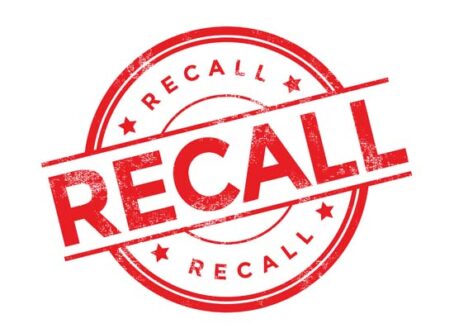Lessons learned from three-year Volvo LIGHTS project
Volvo Trucks North America has concluded its three-year Volvo LIGHTS (Low Impact Green Heavy Transport Solutions) project, which explored real-world implementation of battery-electric trucks and equipment.
From 2019 to 2022, Volvo collaborated with 14 public and private partners to come up with a “robust support ecosystem” needed for the deployment of battery-electric trucks, according to a press release. The Volvo LIGHTS project took place in California’s South Coast Air Basin.
During the Volvo LIGHTS project, Volvo Trucks deployed its first Class 8 pilot Volvo VNR Electric trucks to fleet operators to collect real-world operating data and customer feedback ahead of announcing its commercial model in December 2020.
According to its website, the total project cost was $90 million. During the project period, the trucks and equipment are estimated to have facilitated weighted emission reductions of nitrogen oxide, reactive organic gases, and particulate matter by an estimated 3.57 tons per year. Over 10 years, that equates to 35.7 tons of weighted emission reductions of these pollutants.
Results of Volvo LIGHTS
Throughout the three-year project, Volvo Trucks gleaned information for the commercialization of battery-electric trucks.
Volvo Trucks was able to identify ideal routes for electrification. The manufacturer deployed 30 Volvo VNR Electric trucks to 11 fleets to operate in their daily Southern California fleet routes to assess many factors that may impact vehicle range, including topography, ambient temperature, traffic patterns, driving styles, and more.
According to Volvo Trucks, the manufacturer introduced the Electric Performance Generator, its route planning tool, which enables fleet managers to simulate real-world routes for VNR Electric trucks.
Additionally, Volvo LIGHTS came up with comprehensive dealer support. TEC Equipment, Volvo Trucks’ largest West Coast dealership, provided uptime support to the fleet customers that leased VNR Electrics through the Volvo LIGHTS project. That experience led to TEC Equipment Fontana becoming the nation’s first Volvo Trucks Certified Electric Vehicle Dealer.
Charging infrastructure was another hurdle that Volvo LIGHTS had to clear. Project partners collaborated with Shell Recharge Solutions and Southern California Edison on the installation and energization of 58 networked public and private electric vehicle charging stations. They also identified opportunities to streamline processes, shorten installation timelines, and refine existing laws related to allowing entities other than utilities to resell electricity for electric vehicle charging.
New technology means new problems to troubleshoot when something breaks down.
Furthermore, the Volvo LIGHTS project collaborated with Rio Hondo College and San Bernardino Valley College to start heavy-duty electric truck technician training programs. More than 45 students graduated from the new program.
Lastly, Volvo LIGHTS worked with a local outreach organization called Reach Out to inform community stakeholders about the project. Specifically, Volvo developed training materials for first responders regarding the high-voltage equipment on Volvo VNR Electric trucks. A first responder safety document was created, which is publicly available from the National Fire Protection Agency.
“By working closely with an extraordinary group of public and private partners through the Volvo LIGHTS project, we were able to validate key processes around Class 8 battery-electric truck adoption for commercial transport segments and identify challenges that needed to be addressed for widespread market introduction,” Peter Voorhoeve, Volvo Trucks North America president, said in a statement. “The most valuable takeaway for our team was really experiencing the value of close cross-functional and cross-organizational collaboration as we continue to drive innovation and develop new solutions for sustainable transport.” LL









